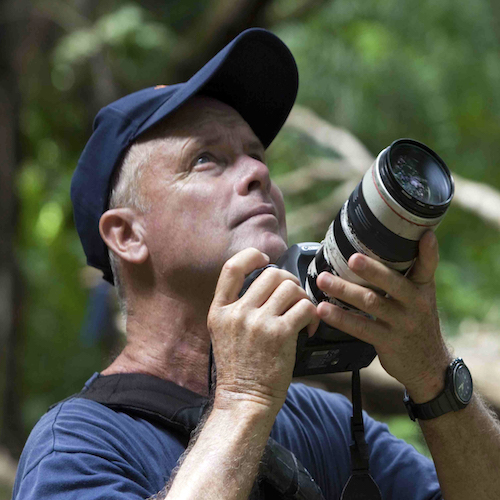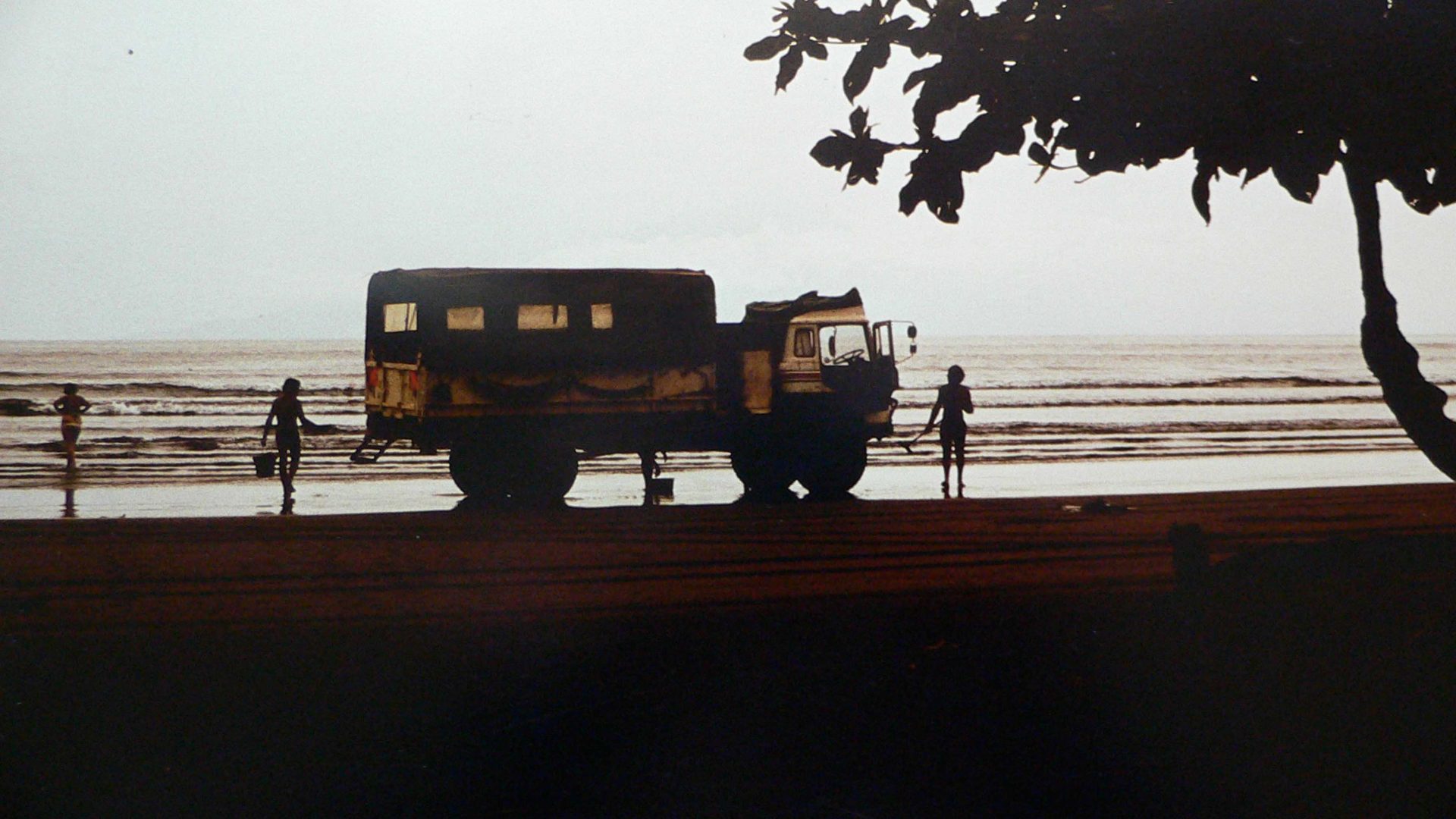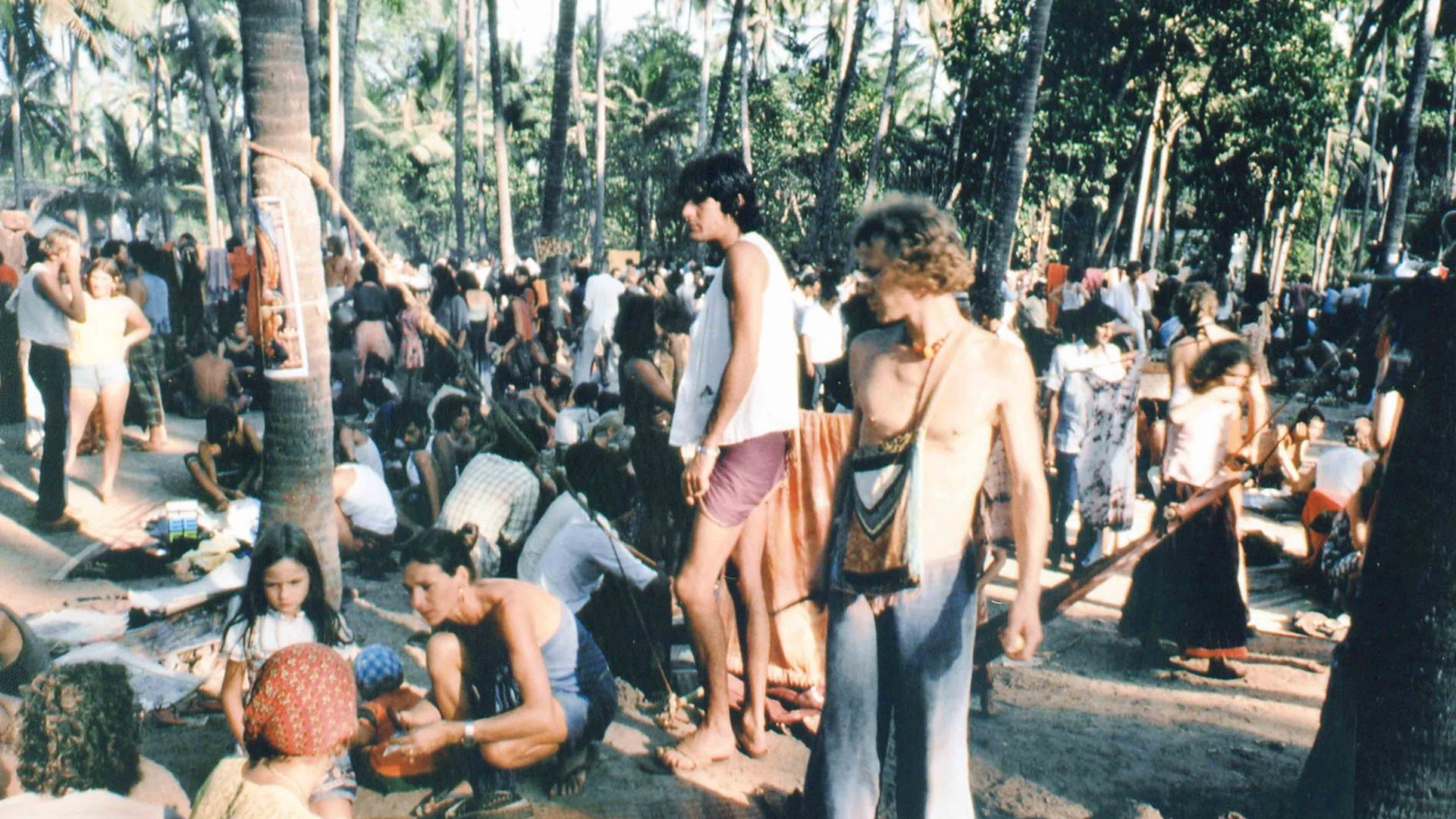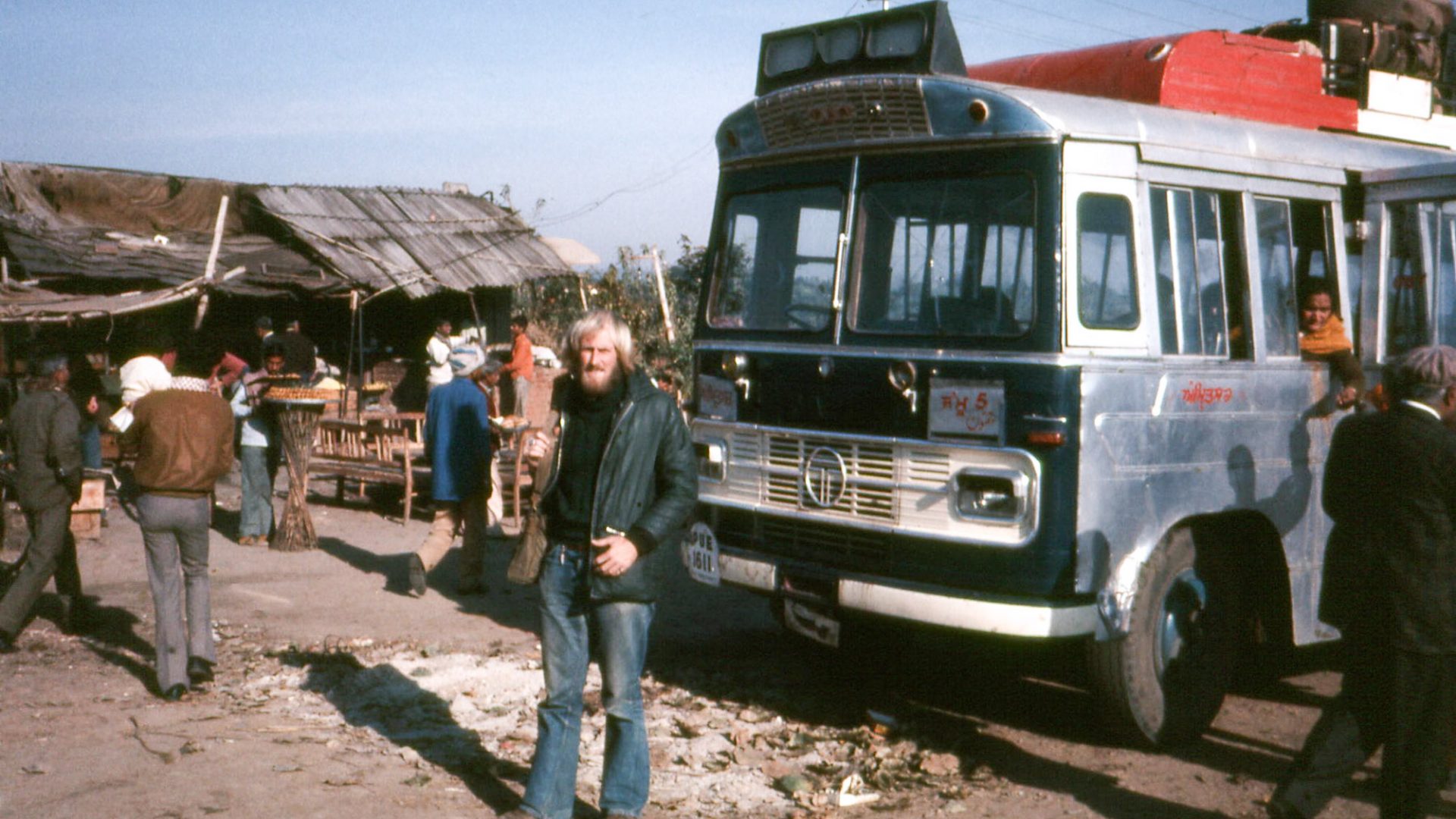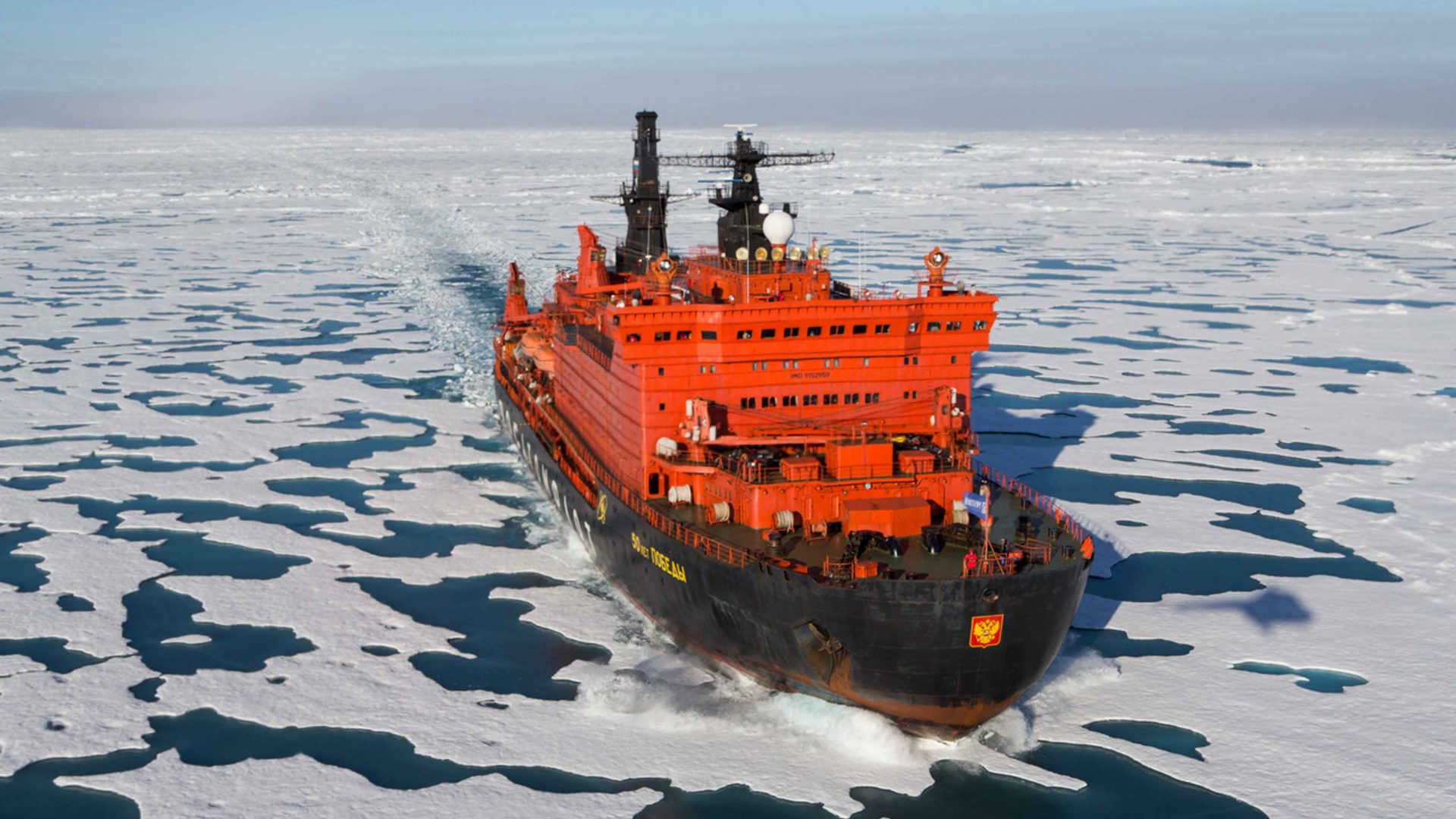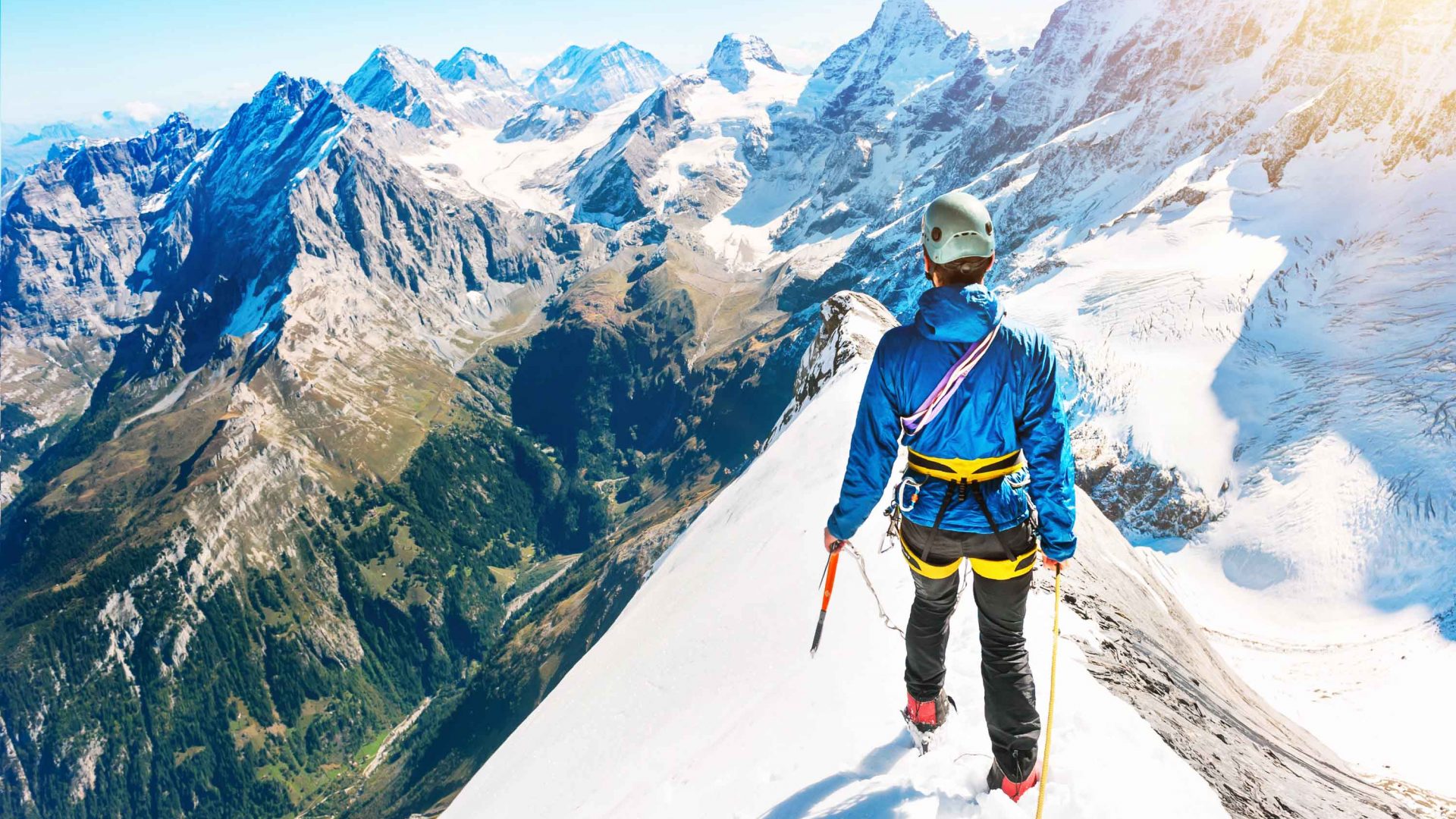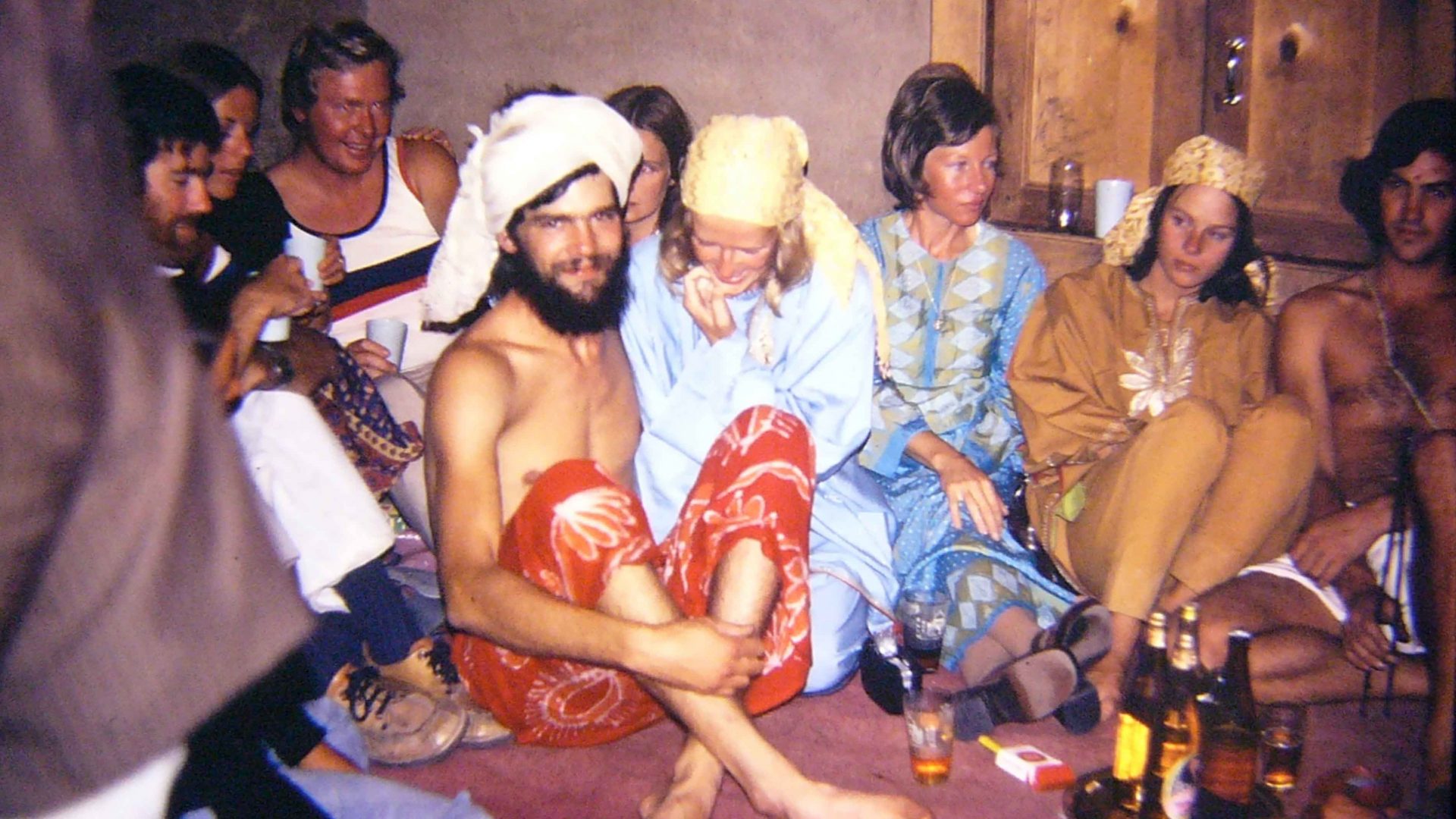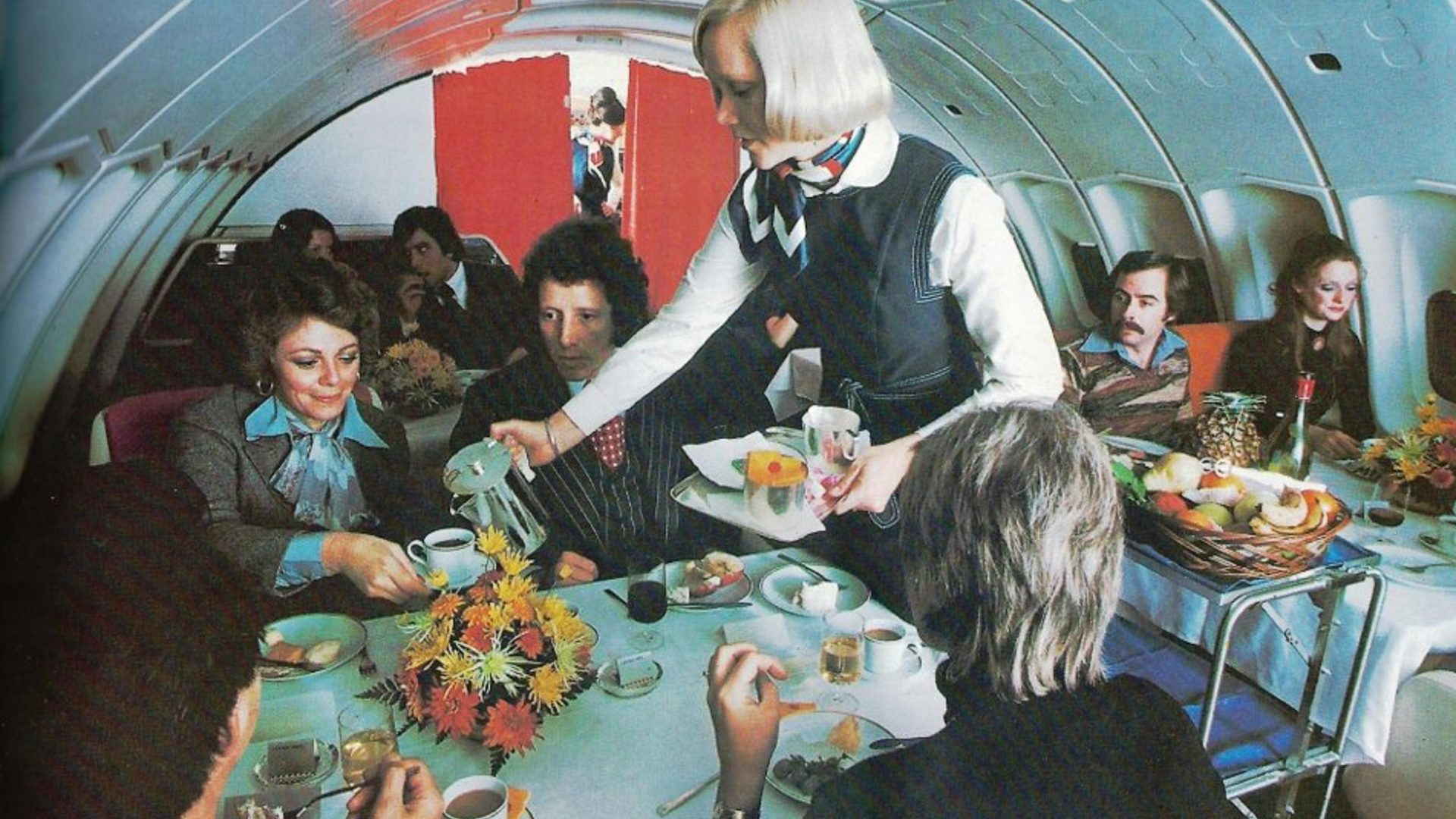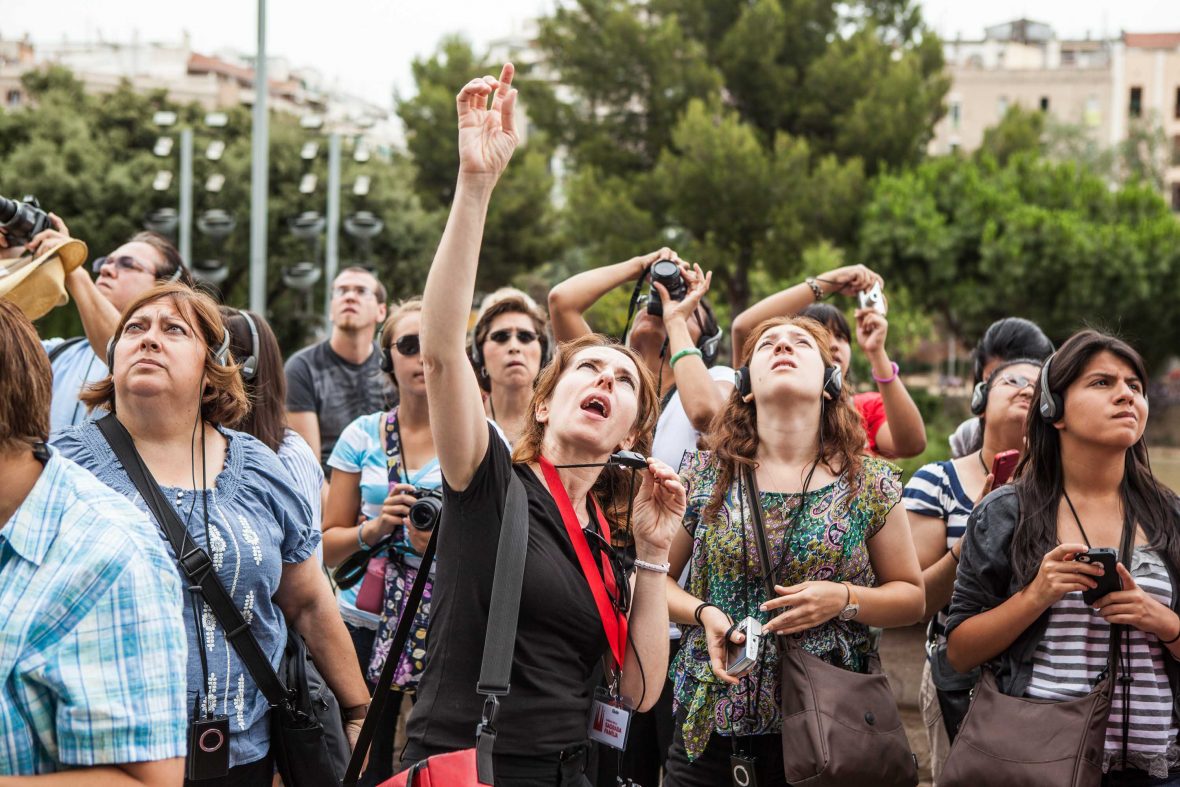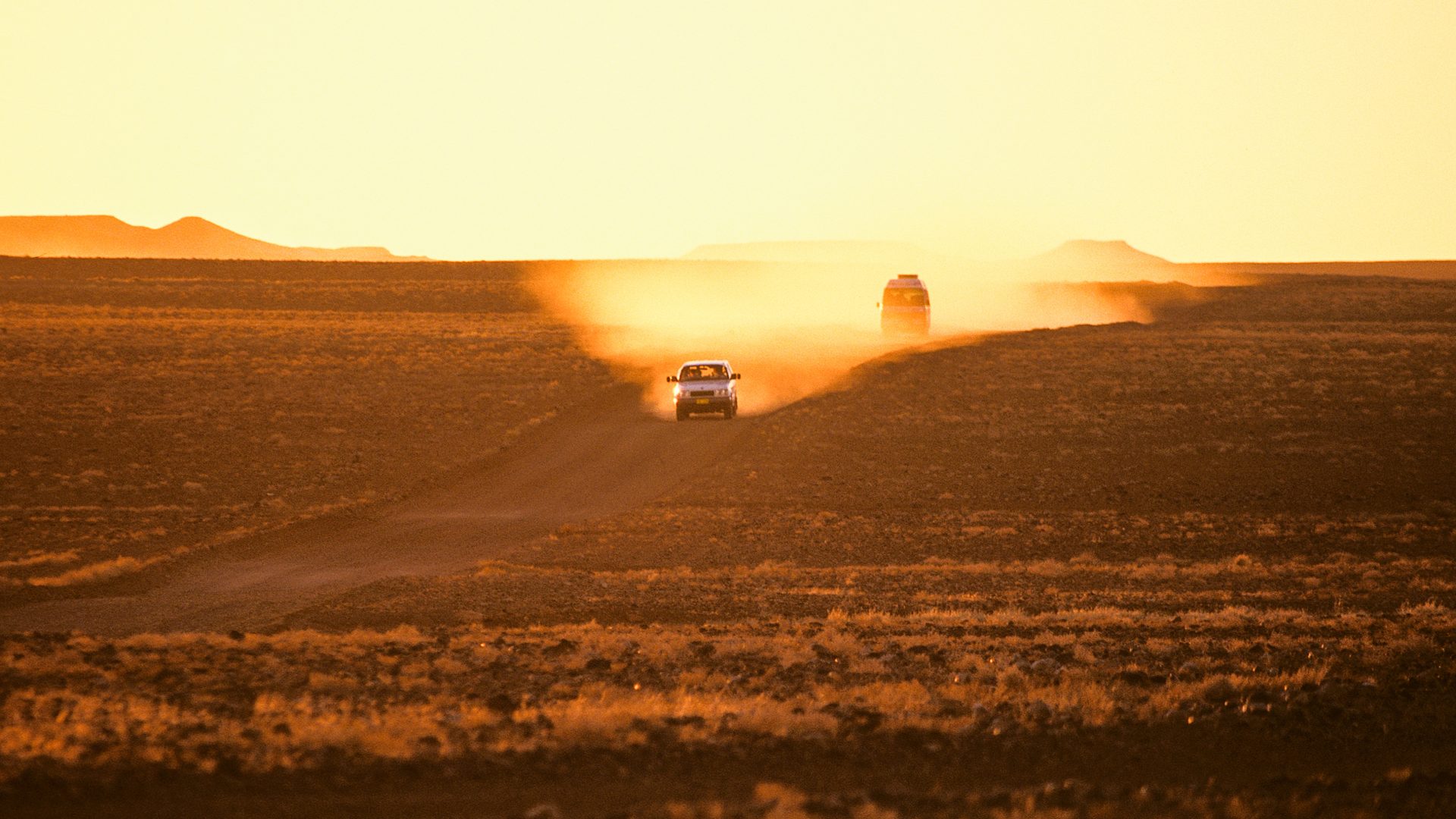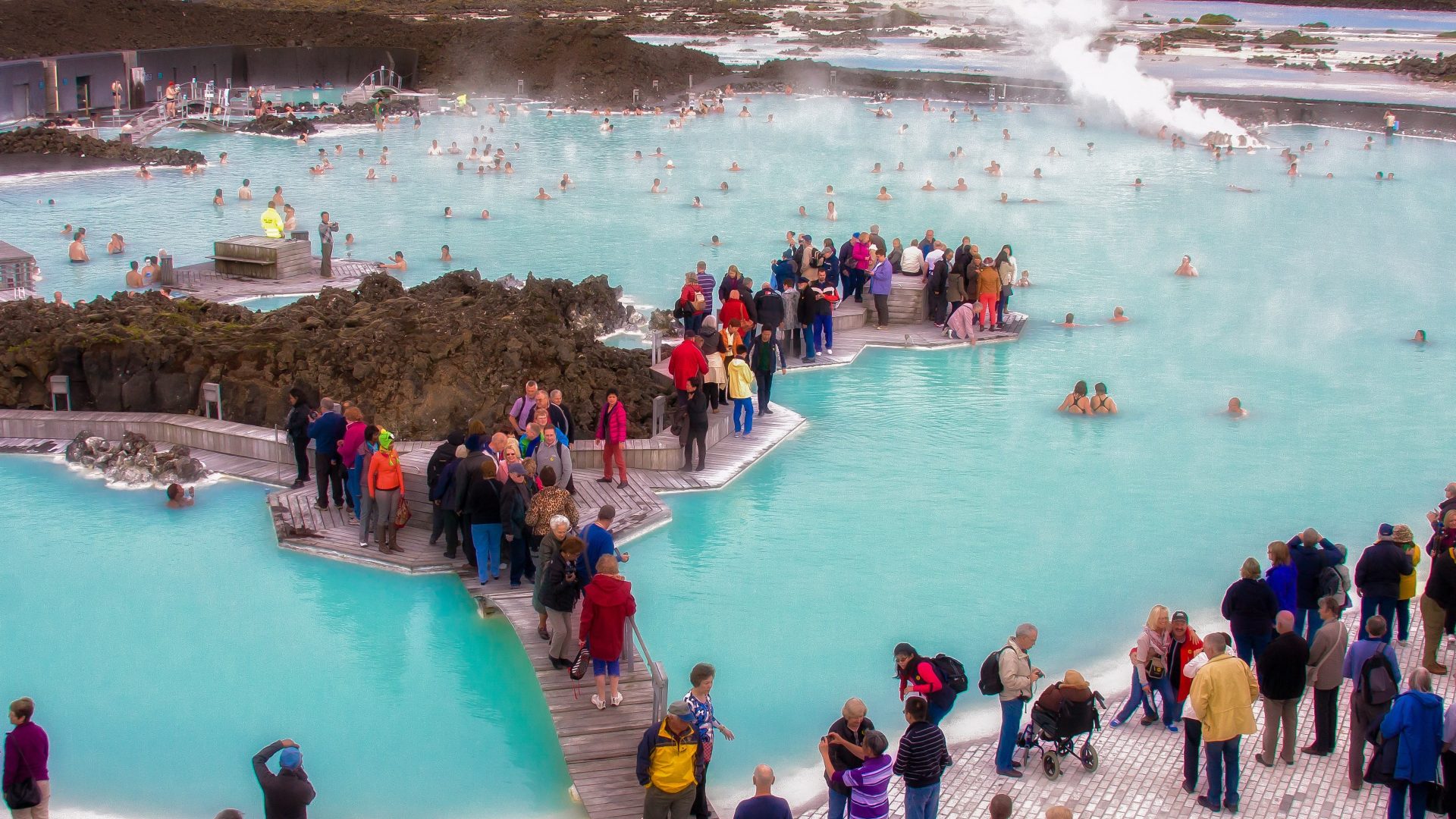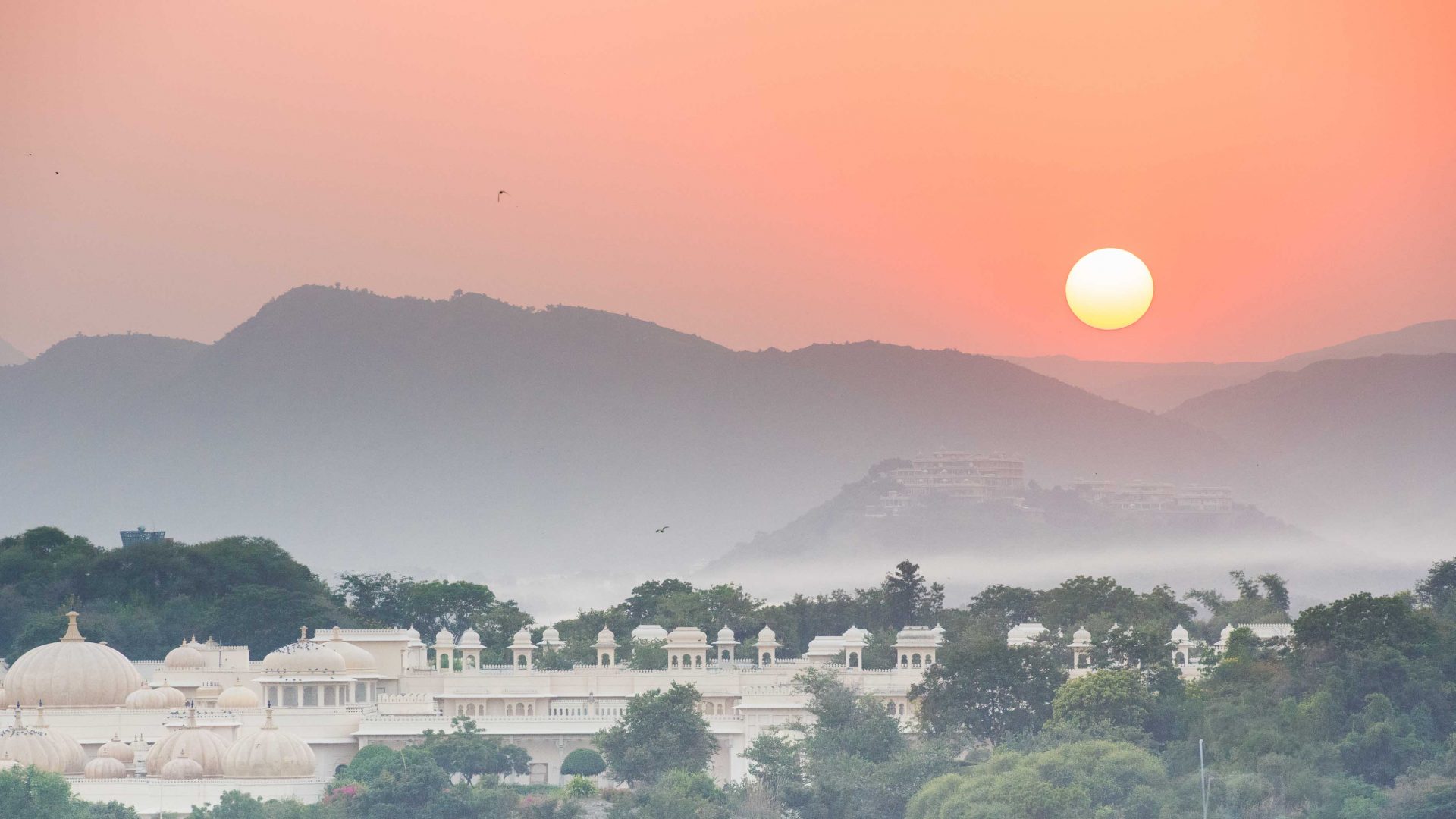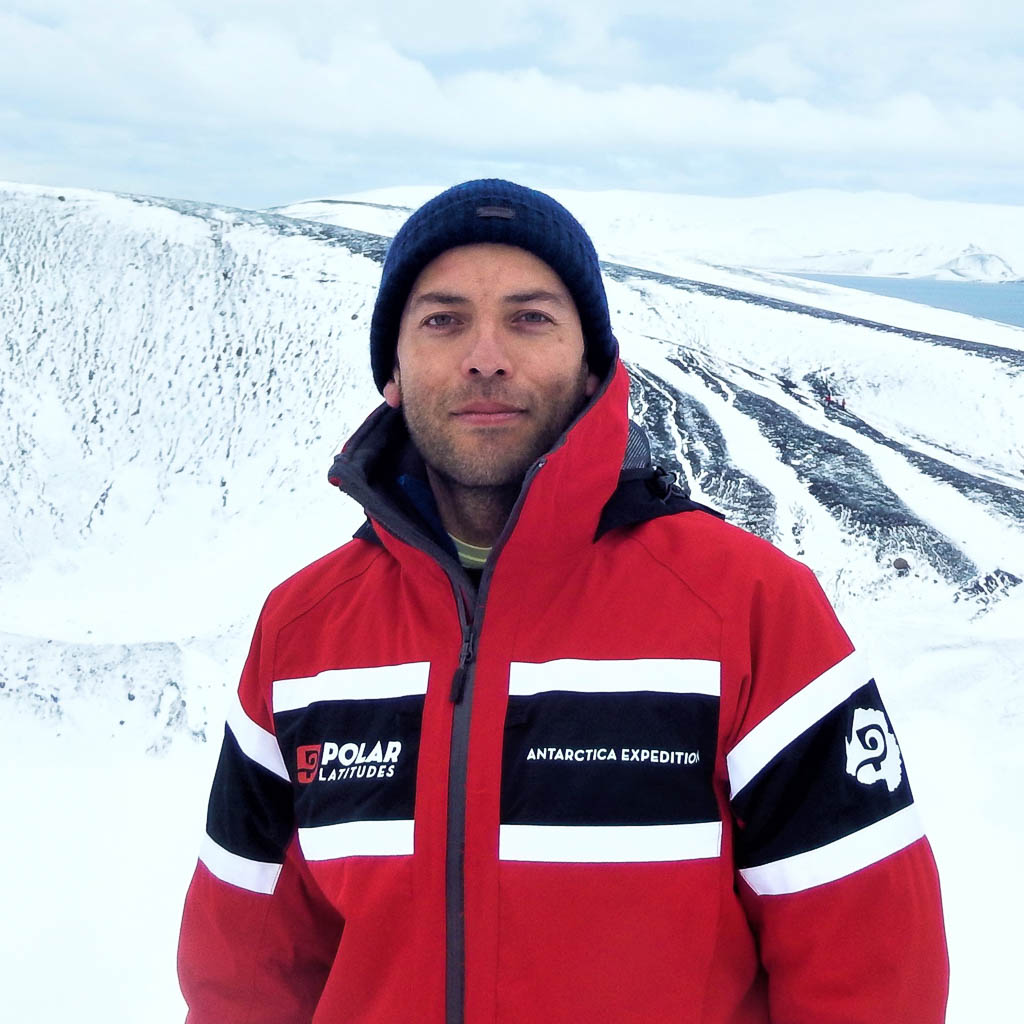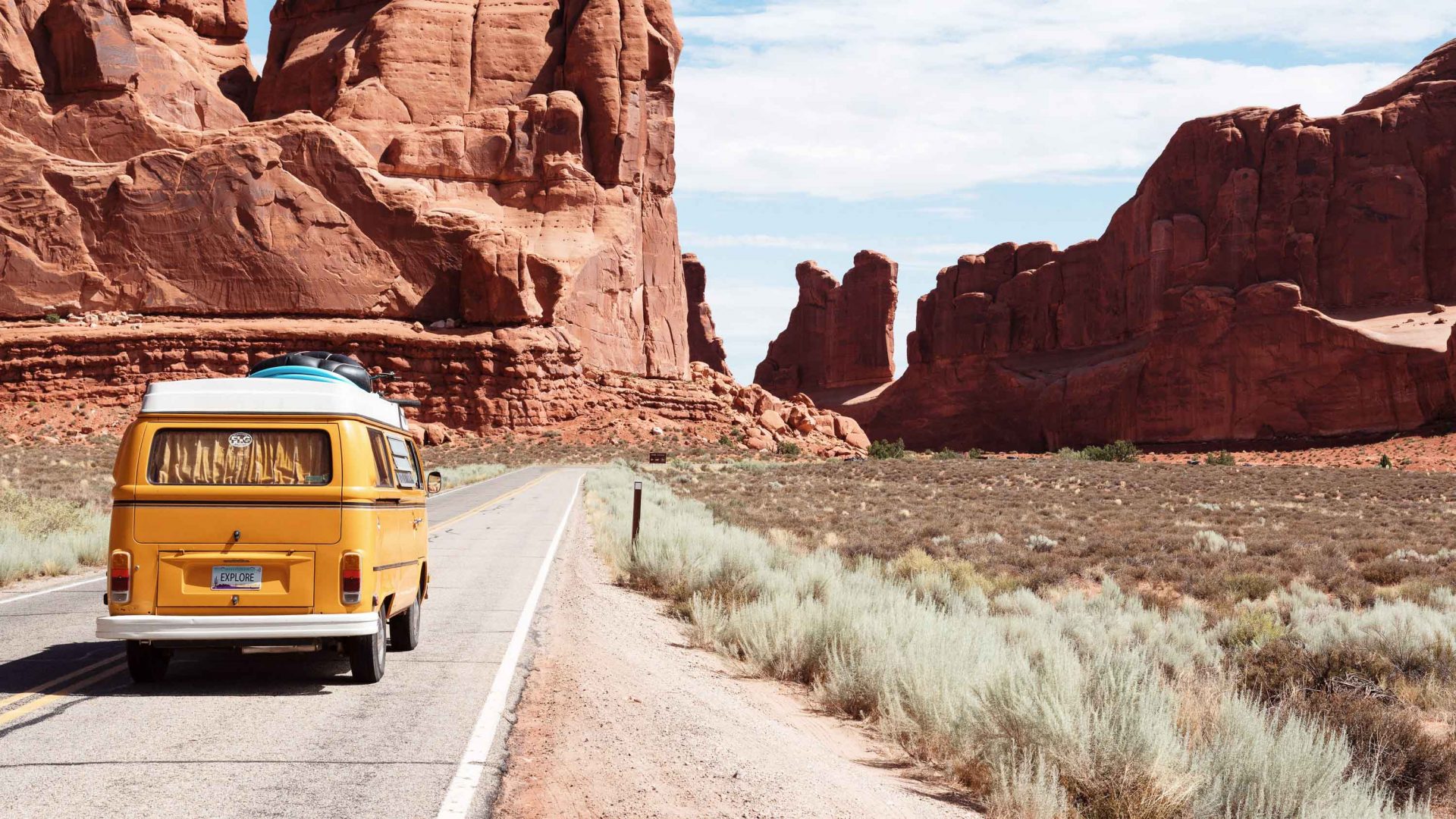
For better or worse, travel—how we do it, why we do it, where we do it, and when we do it—has changed a lot over the decades. Veteran Australian travel writer John Borthwick looks at how far we’ve come (and gone).
“They arrived by railway or even by boat: Entire families of eccentric Englishmen with their servants and trunks. For months, they settled in a hotel and enjoyed the peace and quiet of a sleepy town …”
That’s how the Swiss saw foreign travelers 150 years ago. The eccentric English people were on what was known as ‘The Grand Tour’, both a rite of passage and an aesthetic pilgrimage through the sites of European high culture and scenic beauty. First undertaken by the British upper classes, it set a travel template for generations to come, establishing the roots of modern tourism.
